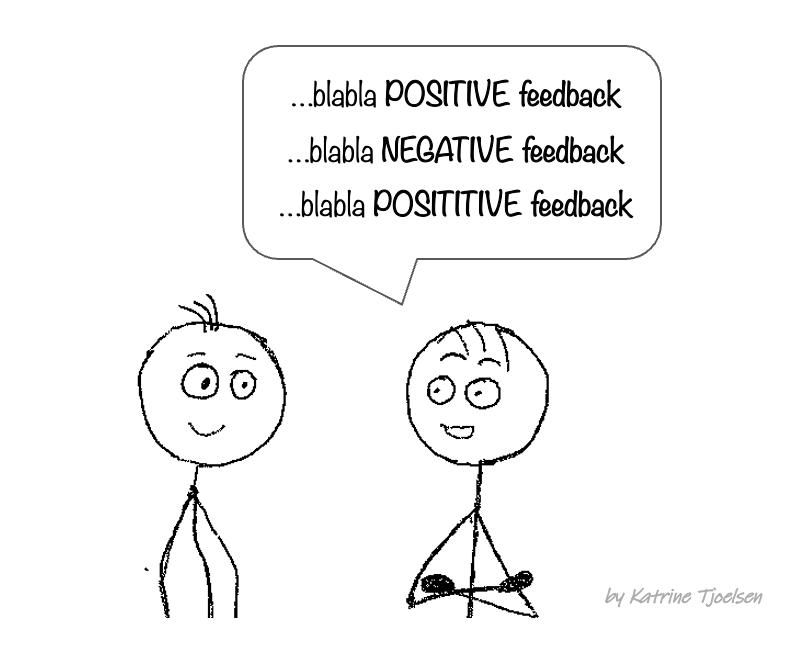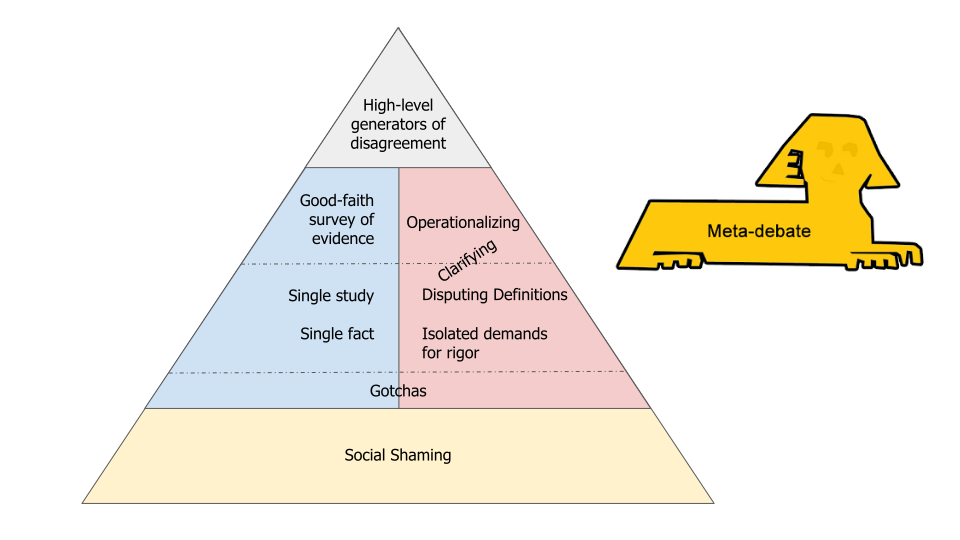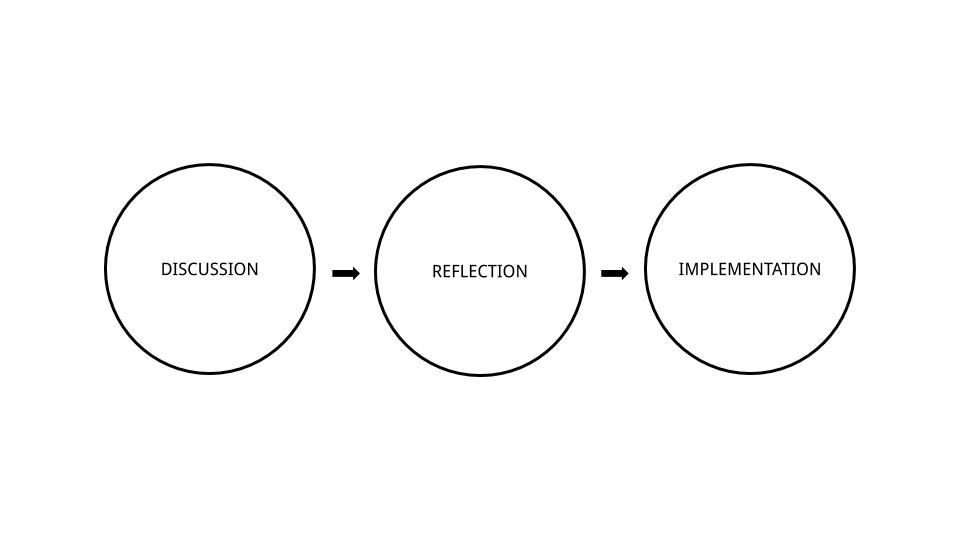
Extensive research has indicated the benefits of showing gratitude to those around you, including your colleagues or employees. However, a new study suggests that the timing of these expressions can make a big difference. Through two experiments and an analysis of a top hospital’s intensive care units, researchers found that when you express gratitude to others before they engage in a distressing task it helps counteract some of the negative emotions associated with the task. Expressing gratitude early also makes employees more likely to persist through difficulty and bounce back and be resilient following failure. The authors suggests ways to show gratitude meaningfully and create a culture where your employees feel their work is seen, supported, and valued.



















